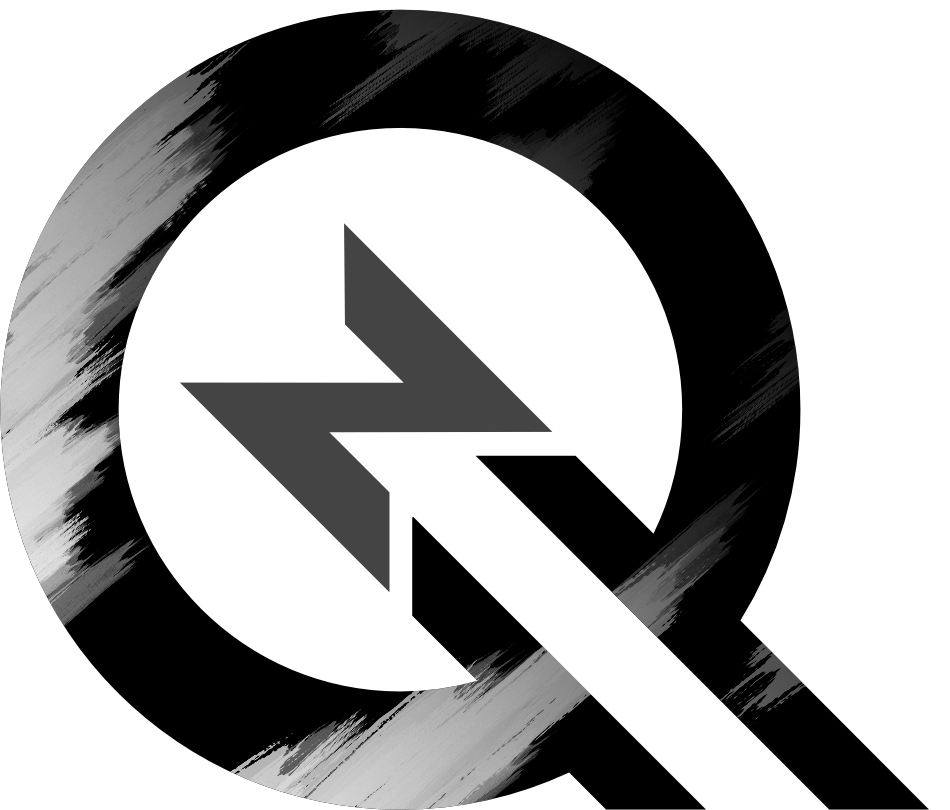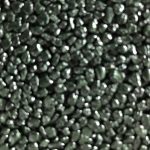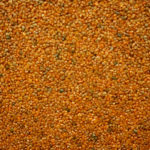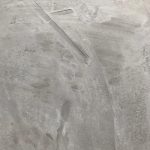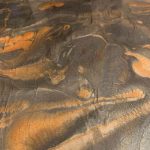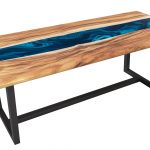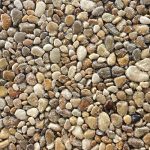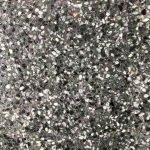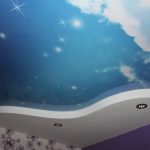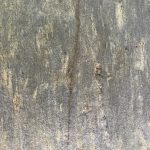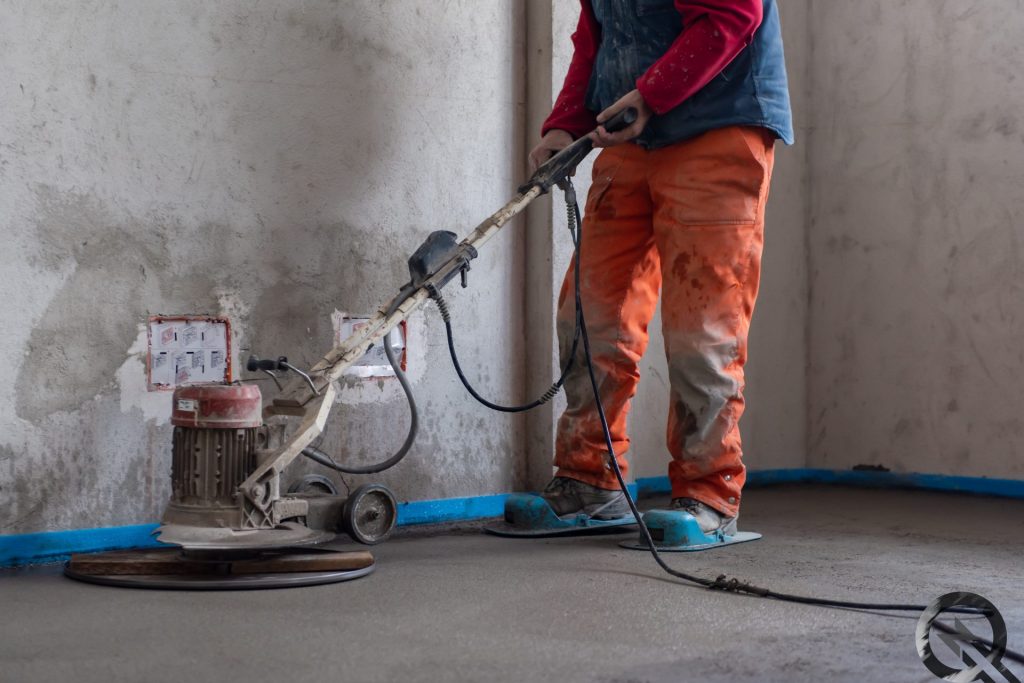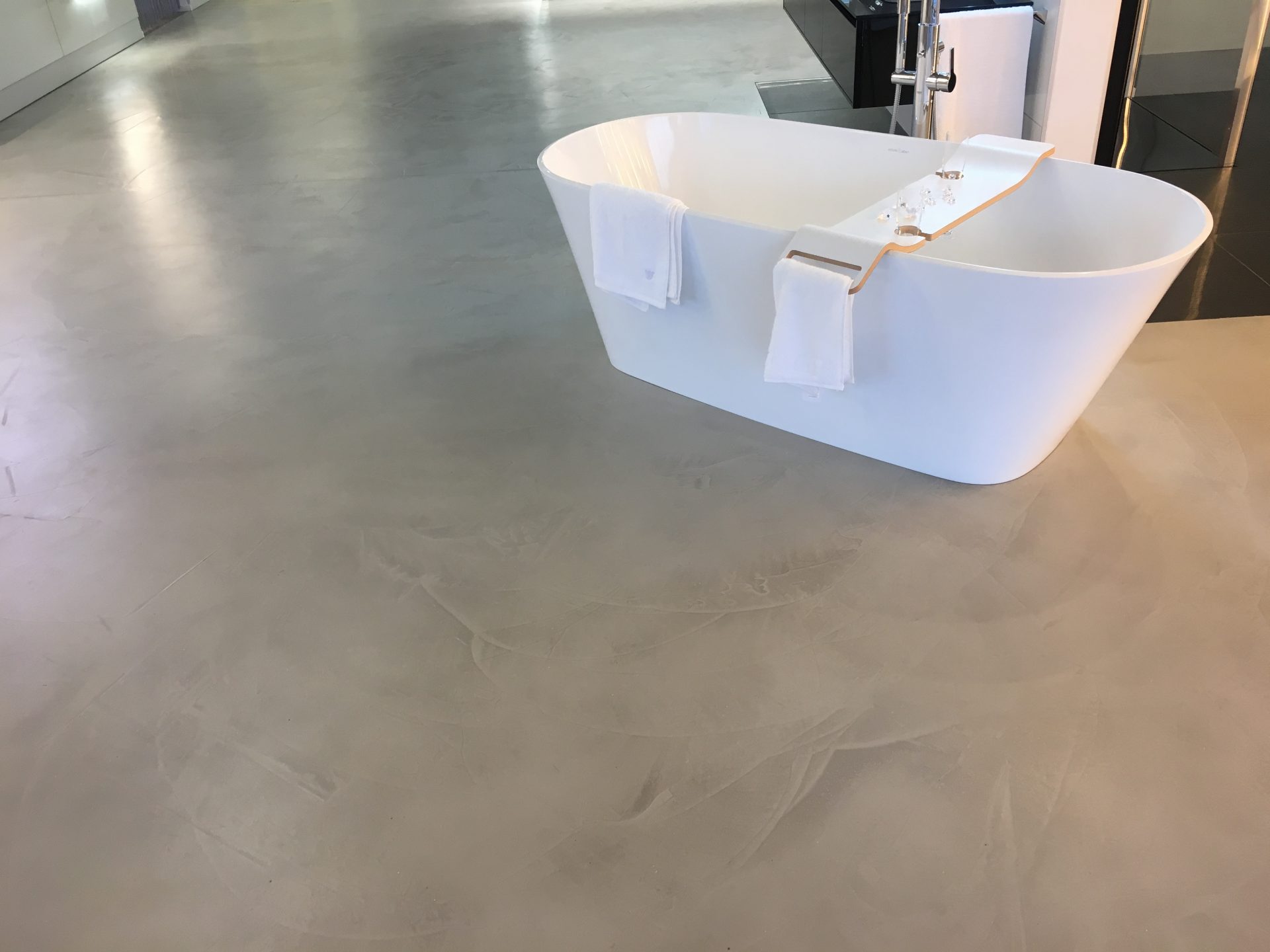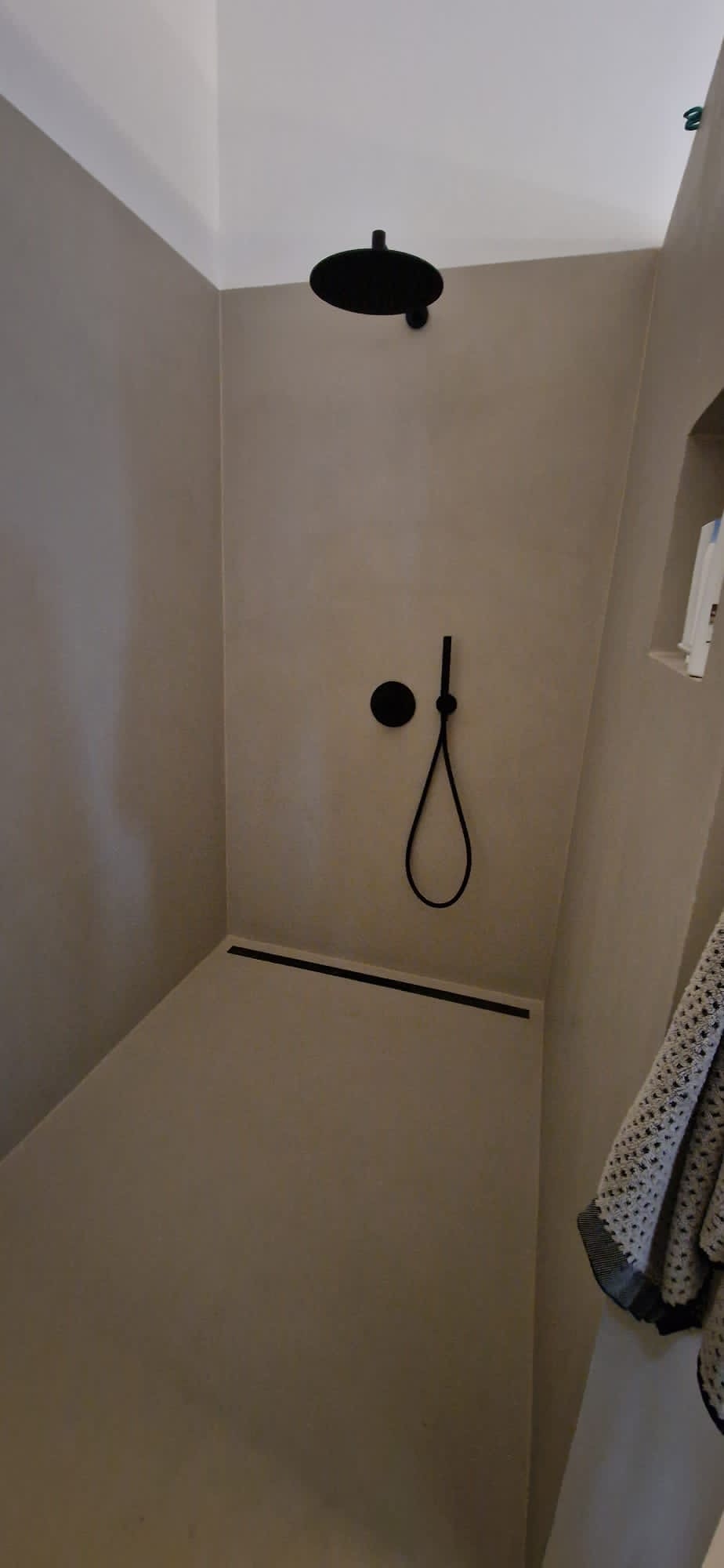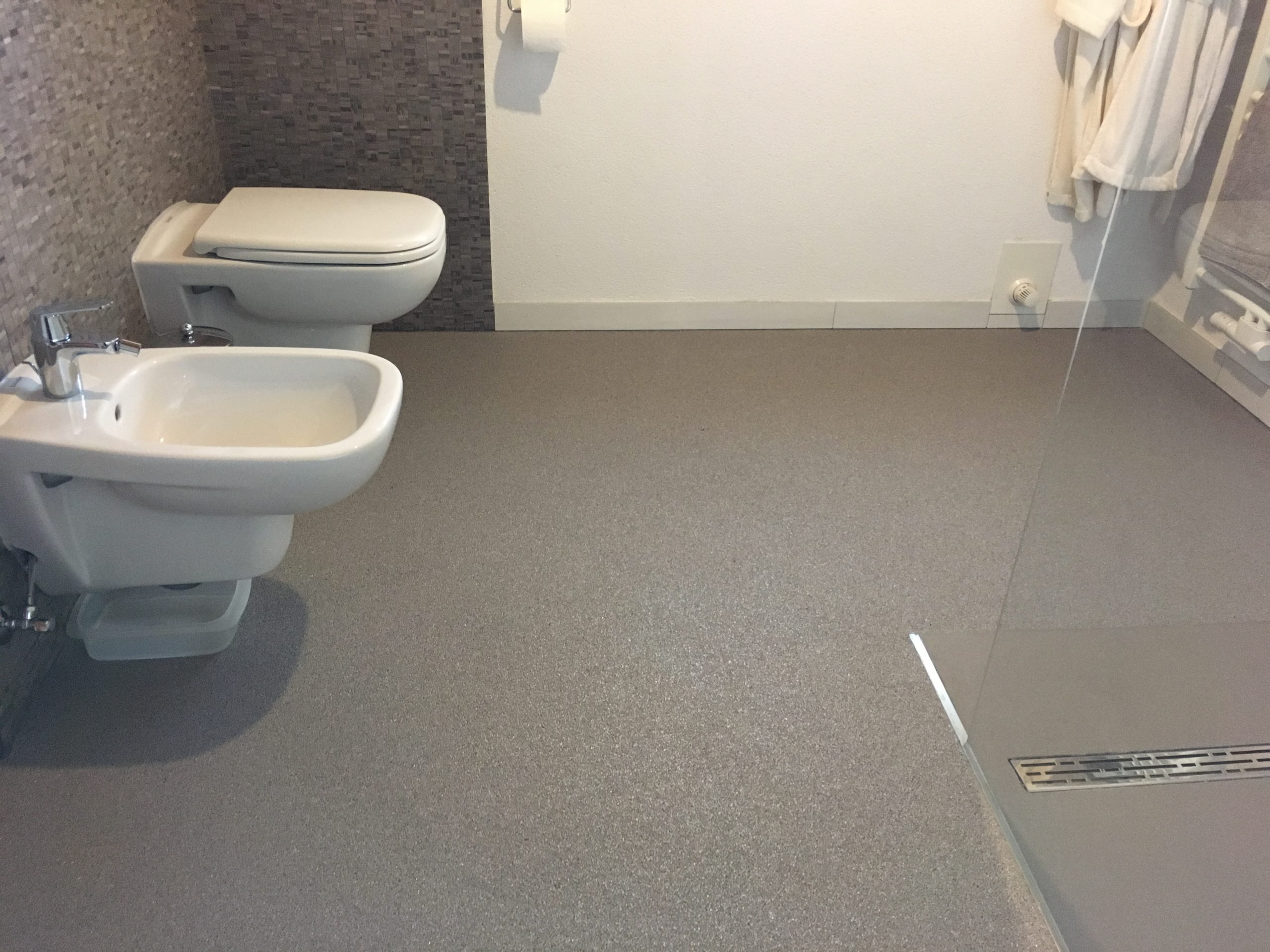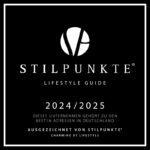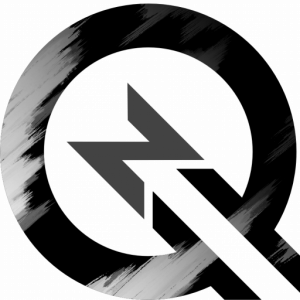A good floor needs a stable foundation. In most cases, this foundation is screed. This is why we have already written about basic questions on the subject of screed in the previous parts of our series of interesting facts and presented a wide range of screed variants. But screed also plays an important role in other respects today: an ever-growing target group is asking for polished concrete-look floors as a top floor. However, the professional installation of this type of exposed screed presents a number of challenges. In this third part, you will find out which systems screed layers can use to easily create attractive exposed screed surfaces and polished floors.
Why exposed screed is so popular
Whether decorative surface or utility floor: The basis of a long-lasting, stable floor is a well-laid screed. In this context, “good” does not mean “visually flawless”, as the screed is usually no longer visible once a construction site has been completed. Slight unevenness, for example, is evened out by the top floor, so that the screed and visible floor together form a system of stability and appearance.
For some time now, loft-style rooms have become increasingly popular. There are usually two responses to the desire for concrete-look spaces:
Screed as an exclusive decorative floor?
On the one hand, it is precisely the appearance of a screed surface that the customer is looking for – modern, easy to combine, visually suitable for living and utility areas. An exclusive product is expected here, which is not possible with a simple construction site screed. a finished design floor must be absolutely uniform and have a perfect wall connection. At this point at the latest, it becomes clear that the creation of an exposed screed requires a different material and different work steps than a subfloor. And that leads us to the second reason: the price.
Screed as a cheap top floor?
In addition to the visual appeal, the supposedly lower costs for exposed screed are often cited. Since only one more layer is needed – so the thinking goes – and screed costs are comparatively low per square meter, this is a sure way to get a really cheap floor.
But this is a misconception! On the one hand, creating an exposed screed surface takes considerably more time. The floor is laid, sanded and finally sealed. Good craftsmanship has its price, which is of course many times higher. On the other hand, the materials used to create exposed screed surfaces cannot necessarily be compared with those used for a simple screed subfloor. For example, gravel with a grain size that starts at less than one millimeter and ends at around 8 mm is used for the usual cement screed. It should be clear that with such widely varying gravel, the result is not a visually uniform surface. Consequently, a second layer is necessary for an even surface.
Regardless of whether the subfloor and the visible surface are laid in one or two separate work steps – the combination of material, work and drying time always results in significantly higher costs.
Should I therefore refrain from having a screed layer install a top floor?
We think so: No! After all, how pleasant is it to get everything from screed to the finished flooring system from a single source? The polished design floors from Quarzkiesboden Zimmermann in particular – Qubo® Terrazzo and Qubo® Mikrozement– draw on the strengths and existing tools of screed layers and enable them to make optimum use of their skills to offer interested parties an ideal overall concept for their floor.
For the customer, this means less coordination work, less waiting time and one point of contact for everything to do with the floor. The screed layer completes several consecutive work steps on a construction site, allowing him to better optimize his work planning and the work itself on the construction site.
Qubo® Terrazzo & Microcement - the seamless coating systems for grinding experts
Qubo® Microcement and Qubo® Terrazzo are the ideal coating systems for screed layers. Qubo® Microcement is the perfect alternative for floor and wall surfaces with a concrete look. But it also has so much more to offer! The Qubo® microcement coating is applied to walls and floors in several layers and sanded smooth. Each layer can be customized with colour pigments to create unique designs – from the ultra-modern loft style to a cloudy sky in shades of blue to a futuristic design, there are virtually no limits to the imagination. Qubo® microcement is also ideal for wet areas such as showers. The material is very easy to work with a build-up layer of just 2-3 mm and can be easily combined with wall or underfloor heating.
For lovers of classic elegance, Qubo® Terrazzo is the first choice. Here, the terrazzo flooring known since antiquity is combined with modern technology to create a timeless, beautifully polished floor. In recent years, there has been an increasing trend towards terrazzo floors. One of the reasons for this is that they are much more flexible and easier to work with than traditionally produced terrazzo. Qubo® Terrazzo uses new binding agents that set more quickly. This results in a significant time saving of up to six weeks compared to conventional terrazzo floors. It is also in no way inferior to conventional terrazzo in terms of abrasion resistance and load-bearing capacity.
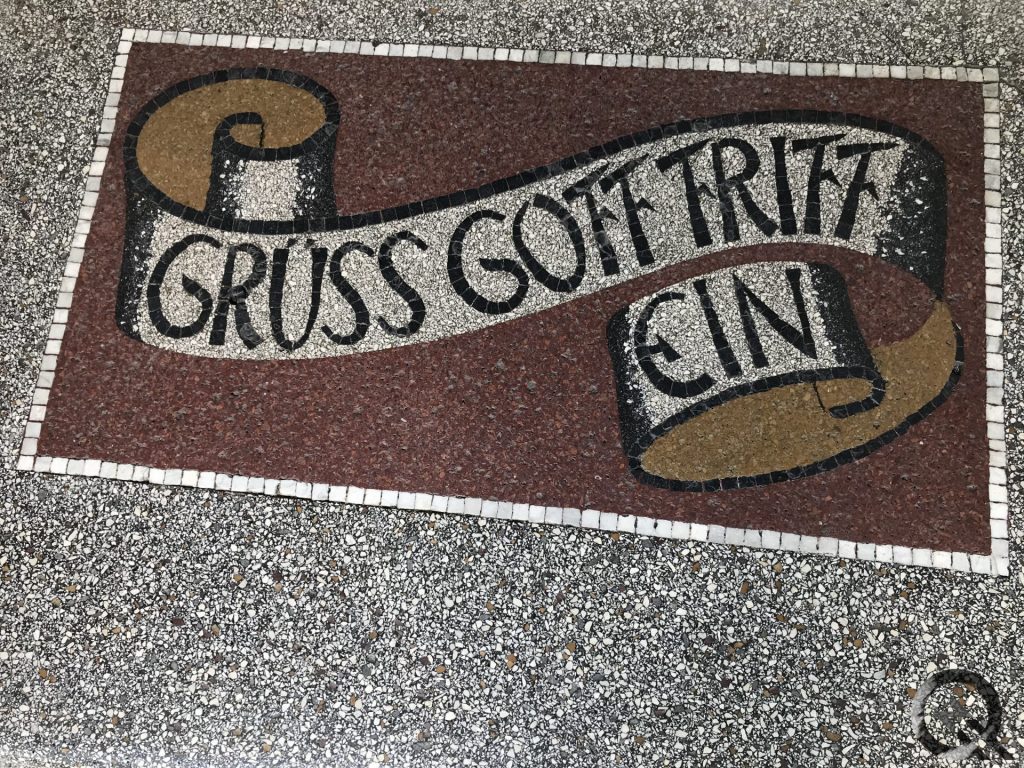
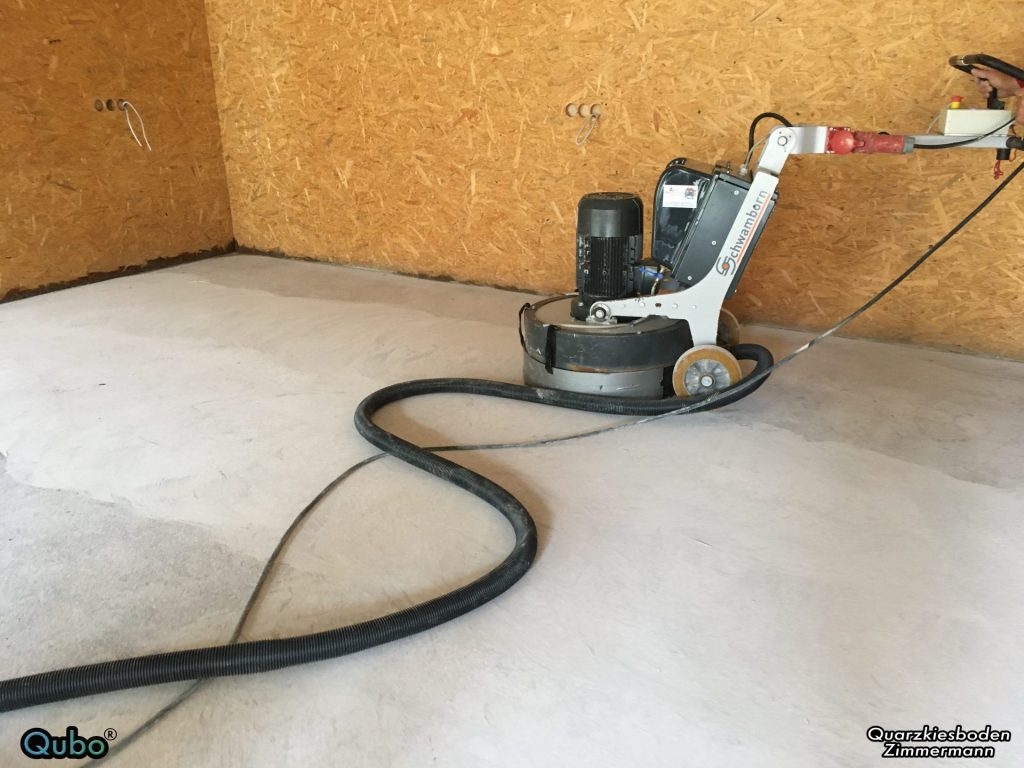
The lasting visibility of the small stones after sanding is the deliberately intended look of seamless Terrazzi. The look adds flair to living areas as well as exhibition spaces and areas with high visitor numbers. Here, selected marble gravel is applied similar to a stone carpet surface, filled with a cementitious compound and sanded to a smooth surface. It may then be polished and, depending on the design, sealed accordingly. The combination of a Qubo® Terrazzo with underfloor heating offers additional living comfort. This unique floor covering offers
countless design options for a sophisticated living style.
Both systems are also characterized by their high proportion of natural materials and exceptional durability. The long durability of the seamless Qubo® surface coatings in particular ensures an excellent price-performance ratio. Their easy cleaning and hygiene properties in particular make them extremely suitable for use in hospitals, care homes and the pharmaceutical industry. The food industry, hotels and restaurants also benefit from these advantages in terms of cleanliness and hygiene.
*** Translated with www.DeepL.com/Translator (free version) ***
Qubo® mortar floor - another alternative for exposed screed
Another alternative to exposed screed is the Qubo® mortar floor. As with a classic stone carpet, quartz gravel and binder are mixed together, applied as a smoothing compound with a trowel and compacted. Unlike stone carpets, however, much finer gravel is used here. Different grading curves between 0.4 and 2 mm not only give the mortar floor a look similar to screed, but also its exceptional load-bearing capacity and resistance. The integrated pore seal and the fine surface structure make the mortar floor particularly easy to clean. Of course, it is also suitable for use on underfloor heating.
Visually, the same freedom applies here as with stone carpets: the simple concrete look is just as possible as the scattering of fine colored quartz and the combination of bright colors. The result is a much more even surface than a normal cement screed – thanks to the fine, even grain size.
With our alternatives to exposed screed, you are opting for quality and durability in every case and also ensuring …
… for a strong appearance!
